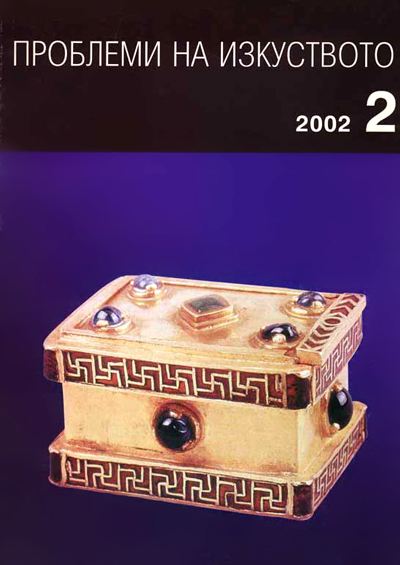
We kindly inform you that, as long as the subject affiliation of our 300.000+ articles is in progress, you might get unsufficient or no results on your third level or second level search. In this case, please broaden your search criteria.

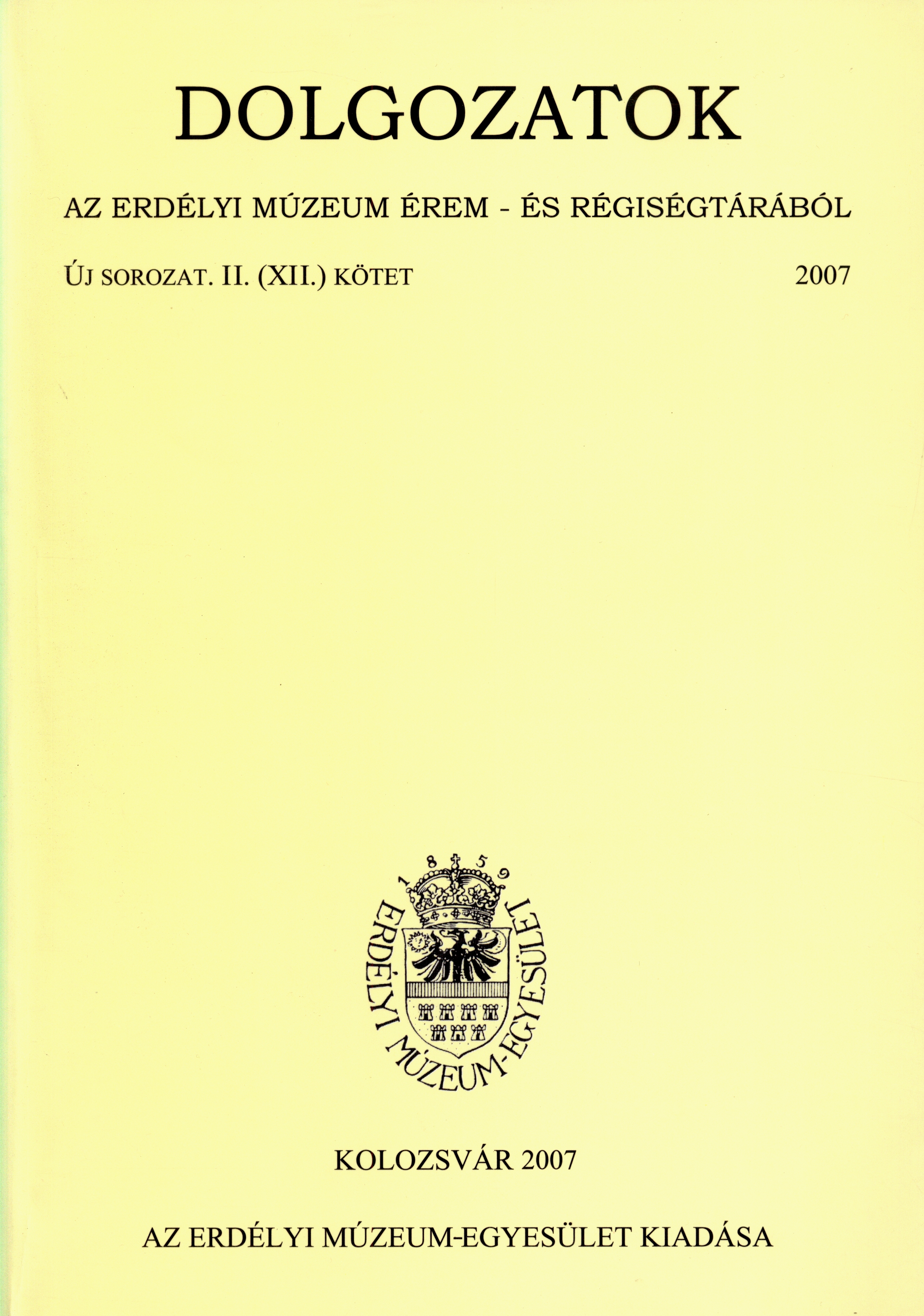
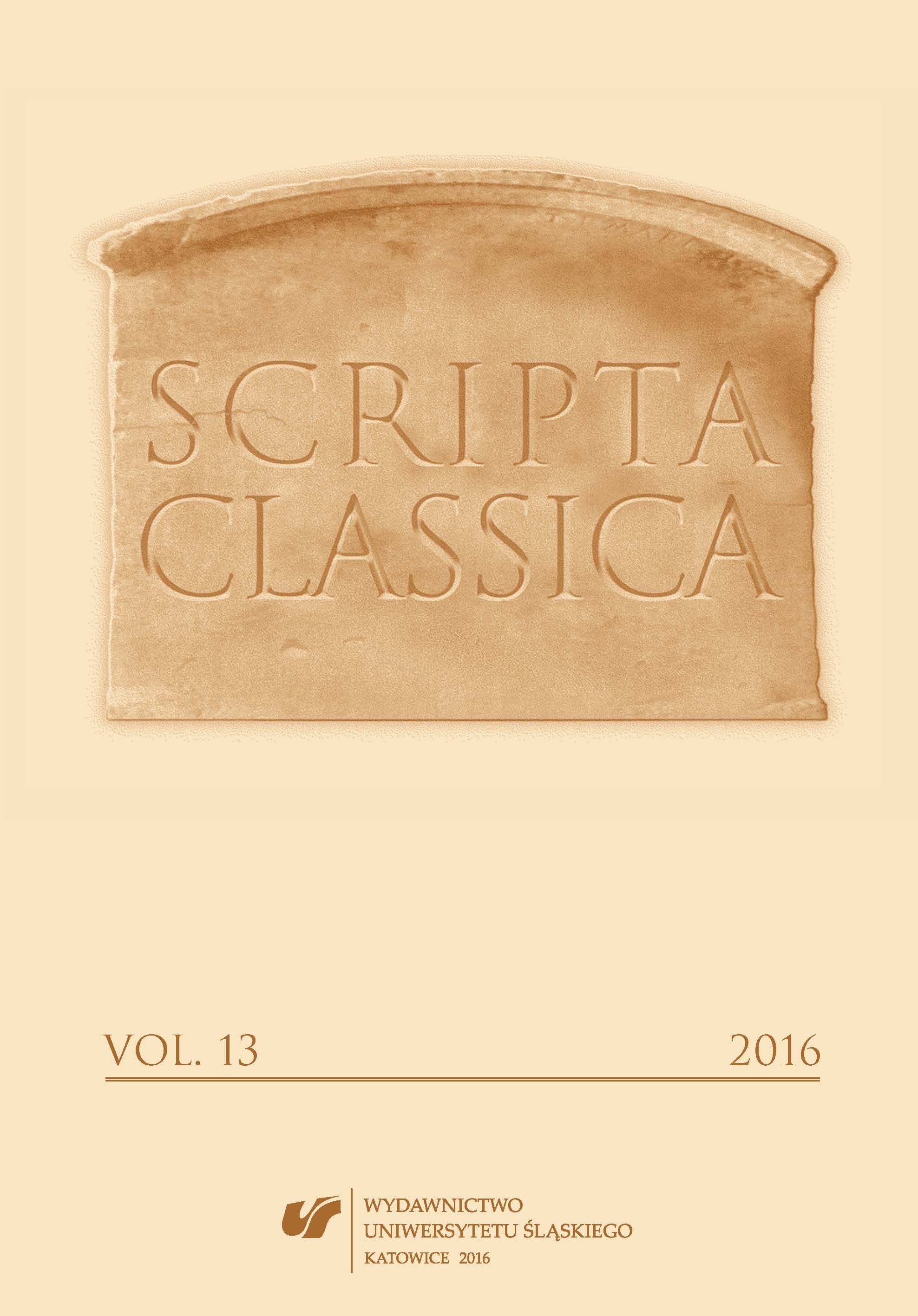
Unlike classic war epics such as the Iliad or Virgil’s Aeneid, whose heroes fight against external enemies, Lucan’s Pharsalia tells the story of a civil conflict. This circumstance makes it virtually impossible to include any gods in the action of the poem, as doing so would require them to take sides in the conflict, which would be highly inappropriate. Therefore, inspired perhaps by Aristophanes (or drawing on his own powers of invention), Lucan substituted the ‘traditional’ Graeco‑Roman deities with the Thessalian necromancer Erichtho – who, though human, turns out to be more powerful than the gods themselves. Endowed with qualities that mirror those of the Civil War itself – as well as supernatural powers and a sinister kind of creativity (by means of which she destroys life in order to create death) – Erichtho proves to be the only appropriate ‘divine’ patron for an epic about civil conflict and – in effect – may be seen as an allegorical ‘goddess’ of the Civil War.
More...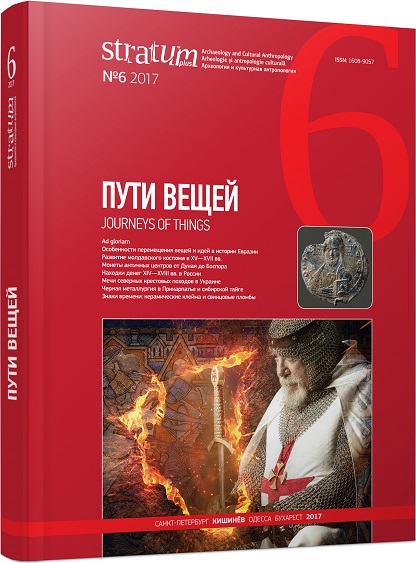
The article deals with the development of one of the leading sectors of ancient crafts, namely the ferrous metallurgy. The author analyzed iron-complexes on the territory between the Upper Prut and Middle Dniester, based on the characteristic of workshops related to the extraction and processing of bog ore, such as laminitis in Lenkovtsy, Chernovka, Klishkovtsy. It is postulated that the ore mining and iron production remained predominantly rural activity. One of the centers of iron processing was in Lenkovtsy on the Prut, where 16 “pitfalls” for firing ore were found. Iron-forges ground type, facilities, warehouses for storage of ball iron were revealed. The author analyzes workshops that processed pig iron, namely the blacksmith shops in Revno (10th century), Chernovka (12th — early 13th centuries.). Tools of blacksmiths and locksmiths are characterized and typology of household items related to the steel industry is offered.
More...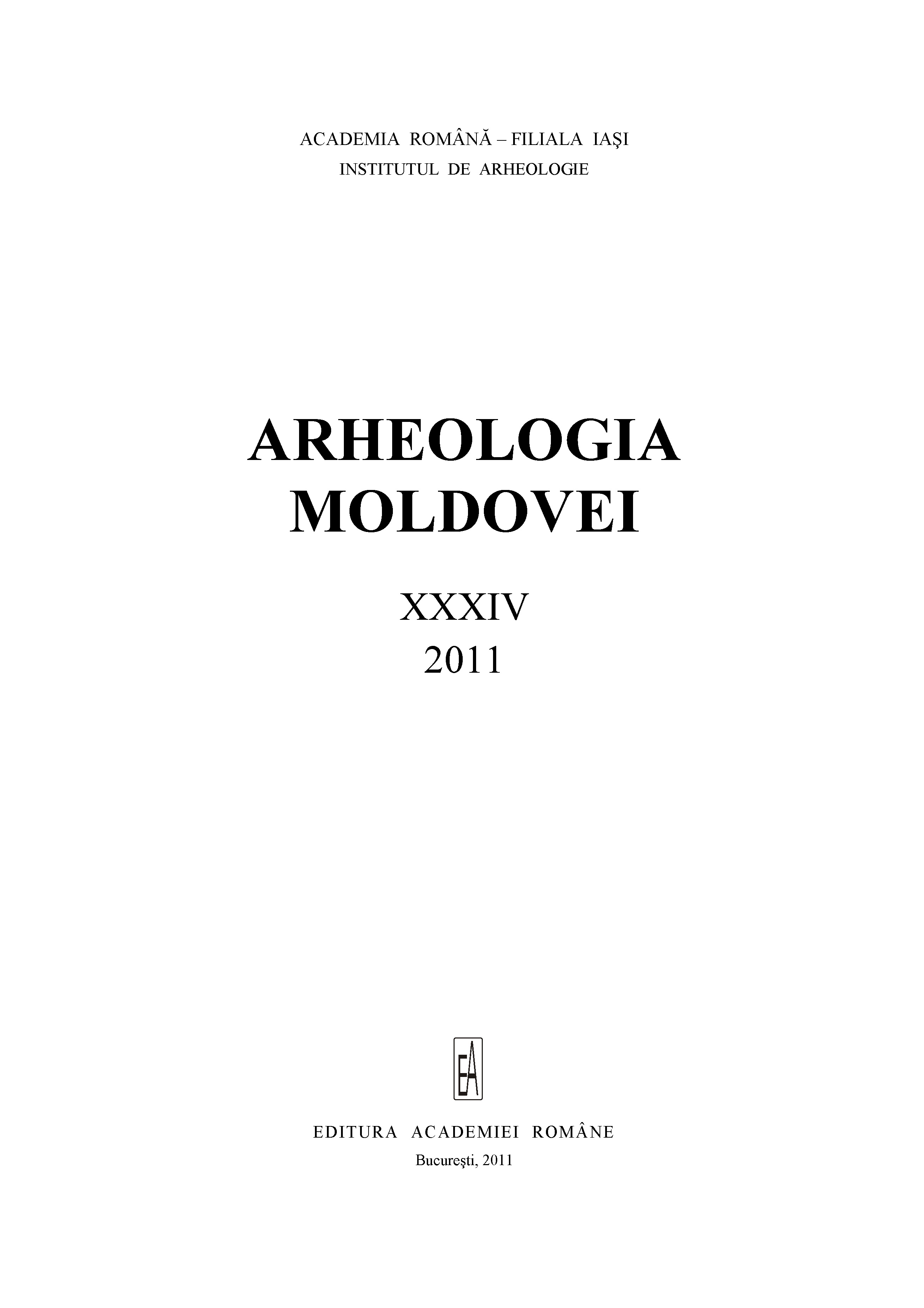
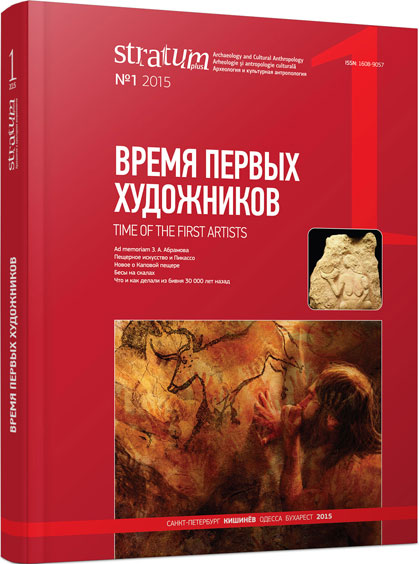
The paper is devoted to the typology of the anthropomorphic images of the Neolithic and Early Metal period, which in Russian archeological literature are traditionally denoted by the word “bes” (demon). Interestingly, in Northern Fennoscandia, which is famous for its numerous rock art assemblages, “demons” have been reported only from the sites situated on the territory of Russia. They include Besov Nos (Lake Onega), Besovy Sledki (on the Vyg river), Čalmn-Varrė and Kanozero (Kola peninsula). The first four of the sites mentioned above contain one figure of the “demon” each, with Kanozero being the only complex with nine images of this kind. It is quite possible that the anthropomorps with “demonic” traits known at different sites depict one and the same mythical character in different situations. The only securely identified type of composition with the “demons” is the “Demon with a woman” on Lake Kanozero, the Kola Peninsula.
More...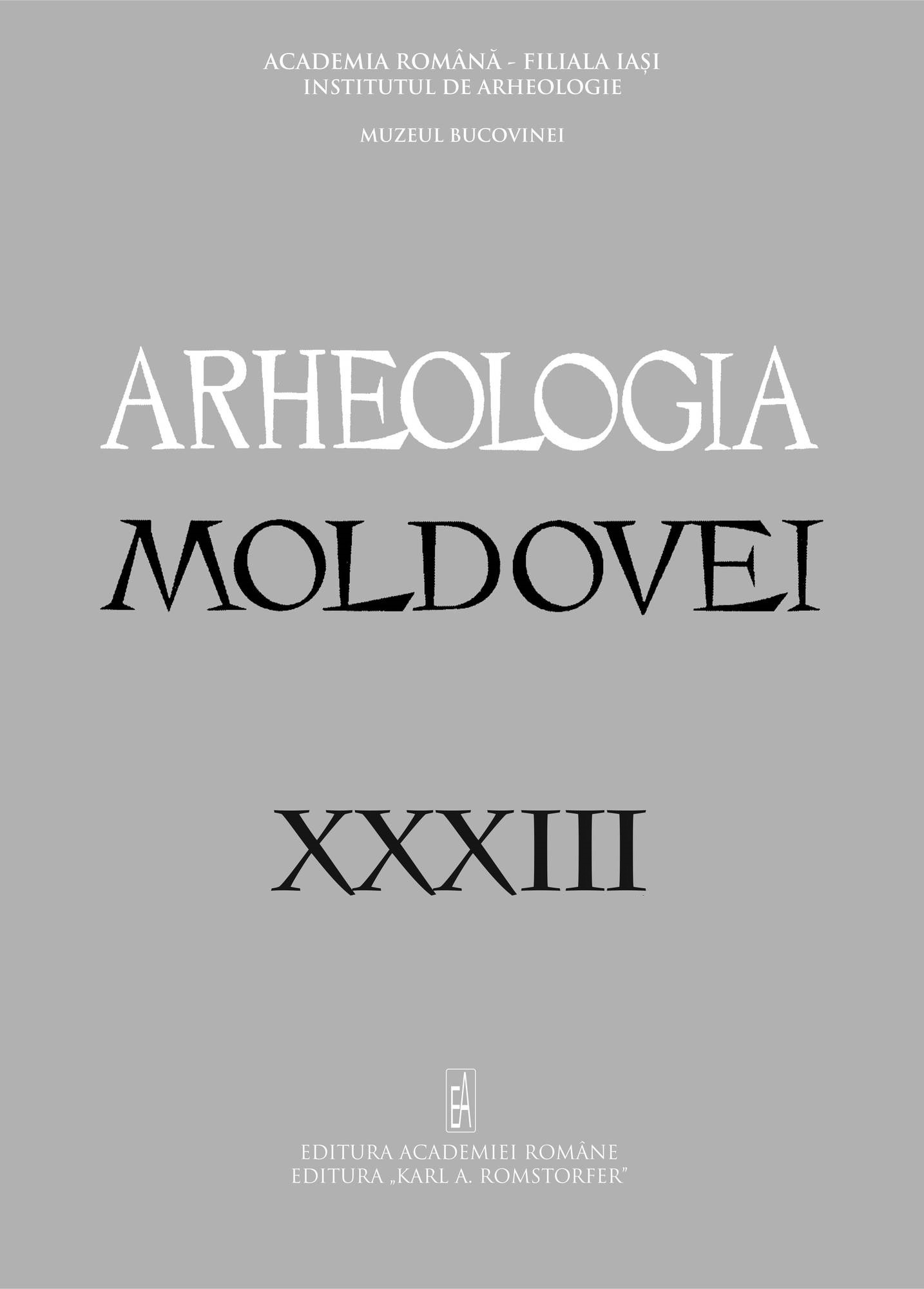
Aniversaria; Tudor Soroceanu; Gheorghe Dumitroaia
More...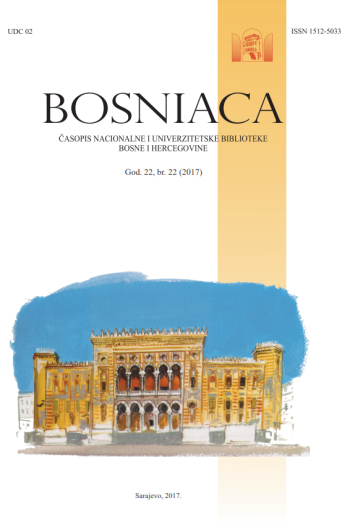
Bosnia and Herzegovina is rich with cultural heritage. In this paper, one of the methods of preserving the cultural heritage is presented. That is the process of digitalization. The case study was Roman villa in Ilidža near Sarajevo. The similar project with a slightly different representation of same object is also presented.
More...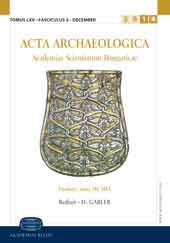
Die als Sarkophag des heiligen Gerhards (ung. Gellért) bekannte Steinmetzarbeit kam 1868 bei Fundamentierungsarbeiten für die neue römisch-katholische Kirche in Großtschanad zum Vorschein. (Abb. 1). Das heute zu Rumänien gehörende, am Südufer des Flusses Mieresch (Maros) gelegene Dorf Cenadu (jud. Timişoara) ist mit der Siedlung namens urbs oder civitas Morisena (ung. Marosvár) identisch, wo um 1000 die Burg des Großherrn Ajtony (quidam princeps in urbe Morisena, nomine Acthum, potens valde, qui secundum ritum Grecorum in civitate Budin fuerat baptizatus) und das von ihm Johannes dem Täufer geweihte und von griechischen Mönchen bewohnte Kloster stand. Nachdem König Stephan der Heilige (1000–1038) den nach Autonomie in diesem Gebiet strebenden Ajtony besiegt hatte, gründete er auf dem Herrschaftsgebiet des gestürzten Führers das Komitat Tschanad (Csanád) und das Bistum Tschanad. Die als Zentrum von Komitat und Bistum dienende Burg erhielt den Namen nach dem ungarischen Vornehmen Csanád (miles ... nomine Chanadinus), der mit seinem Heer Ajtony besiegt hatte und dann auf Anordnung König Stephans erster Gespan des Komitats wurde.
More...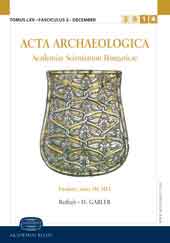
In the material of the Western and Central European stove tiles, the changing fashion of the different ages - the change of subject matter and decorative motifs - is easy to follow. Beyond the general international solutions, one can also perceive the specific characteristics of the larger regions as a result of the mutual influence of nearby workshops. In addition to current fashion, much of the numerous variations of motifs of identical imprinting generally show the influence of some common fundamental type being copied or modified. (Unfortunately, research rarely looks at this point.) International comparisons refer more to examples of identical themes, but there is no style study.) Despite their deviant style, individual workshops still use decorations that are fashioned elsewhere in any way or suggestion.
More...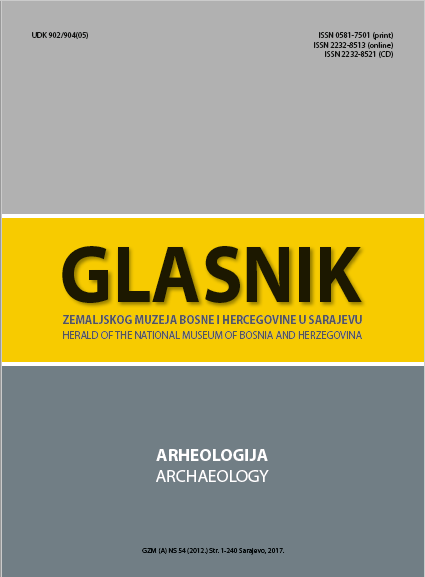
The complexity and multiple strata of St John’s burial ground in Livno have been identified from movable artefacts and architectural remains from various periods, from the late Bronze and early Iron Ages through the Roman period and late Antiquity to the early and late mediaeval periods. Along with the remains of an early Christian basilica and late mediaeval monastery dedicated to St John the Baptist, movable artefacts suggest that there was a Roman necropolis here, where cremation was the most common form of burial. The most numerous finds from the Roman period are broken pieces of funerary monuments, most of them from the stone ossuaries in which the bones of the deceased were laid. Two types of ossuary are represented – those carved from a single block of stone, and those composed of interlocking stone slabs. To date the closest analogy is an unpublished slab ossuary from Štitić in Suhača, where it is believed there was also a Roman necropolis. Though they are recognizably of Eastern or Mediterranean origin, their distinctive features reveal that they are of more local provenance, made in stonemasons’ workshops in the Livno polje. Their various decorative features and symbols, concentrated on the front and sides of the ossuary, reflect the cult to which the deceased or the community belonged, and include an original religious component.
More...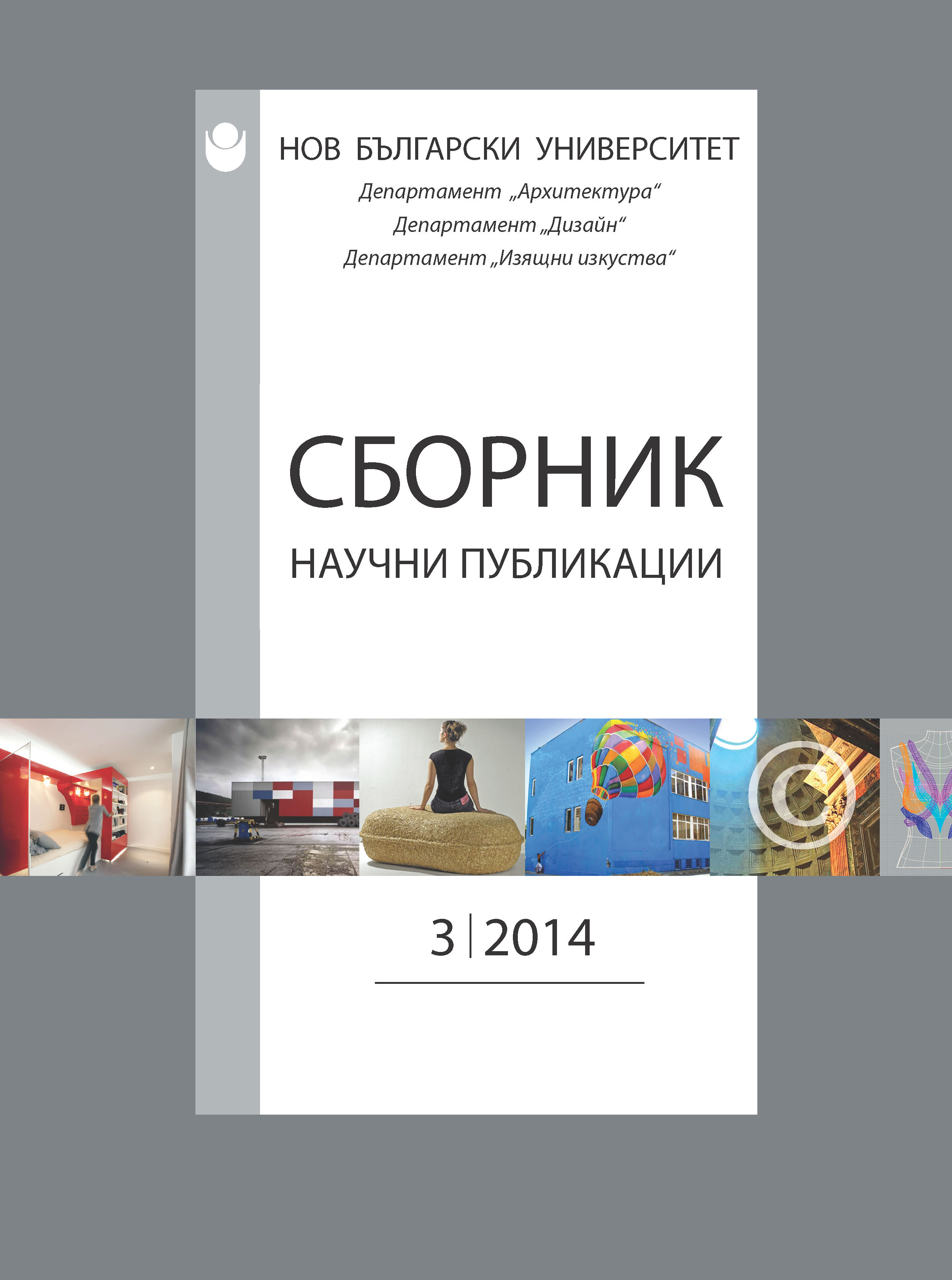
Taking into account the fact that such a complexity as the existence and continuity of „stećci“ is difficult to be analysed in a large spatial and temporal frame, it has been suggested that a multidisciplinary international scientific institution be formed with a single documentary archive. The city of Mostar has been suggested as the center of this scientific centre, which carries regional as well as global benefits. The necessity of the interdisciplinary research of „stećci” has been emphasised in a short review on some of the contemporary scientific research interests. Furthermore, the inevitable process of the protection of the cultural heritage and documents with an accent on the photography has been pointed out too. With quite a number of details, the importance of archaeology has been accentuated on some examples, as well as the importance of the history of art and iconography as disciplines that are the basis for the scientific research of „stećci“. The connection and the modernity of the scientific research of „stećci“ has been clearly outlined in a framework of the European medieval issues, which additionally justifies the suggestion.
More...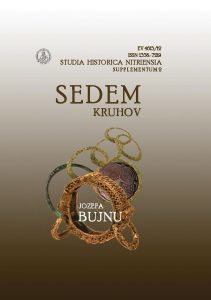
Na katastrálním území Lednice, okr. Břeclav, Jihomoravský kraj, byla povrchovými průzkumy zjištěna dvě dosud neznámá laténská sídliště. Jejich nálezové soubory chronologicky spadají do tzv. němčického horizontu a vykazují některé prvky tradičně spojované se sídlišti vyššího statusu - doklady slévání bronzu, fragment železné ostruhy a bronzovou antropomorfní figurku. Na jejich základě si klademe otázky, „co je vlastně normální" na sídlištích doby železné. Tato nově detekovaná sídliště nám ale především umožňují rekonstruovat sídlištní vzorec v Podyjí mezi střední a pozdní dobou laténskou.
More...
V roku 1870 boli odkryté pozostatky viacerých keltských hrobov na lokalite Bécsi domb v Šoproni. V druhom hrobe bol, okrem náramkov a páru spôn s dračou hlavičkou, objavený nový typ spony so samostrelovým vinutím a terčovitou pätkou. Lajos Márton v rokoch 1933 - 1934 pomenoval tento nový nález ako spona typu Altmark. Ilona Hunyady neskôr spomenula tieto nálezy vo svojej práci v roku 1944 a stanovila, že pravdepodobne súvisia s múnsingenským typom spôn a ich výskyt môže byť datovaný do 4. storočia pred Kr. Miklós Szabó sa tiež zmienil o týchto sponách v roku 2005. V roku 1996 prezentovala Erzsébet Jerem typ Altmark ako možnú paralelu k sponám s otvoreným vinutím, ktoré boli objavené na včasnolaténskom pohrebisku Neufeld an der Leitha v Burgenlande. Tieto spony spolu s ďalšími predmetmi datovala do LT A. Žiadna ďalšia analógia tohto typu nebola z územia Maďarska dosiaľ známa. Preto je veľkým prekvapením nález štyroch spôn typu Altmark, ktoré boli počas rokov 2004 a 2006 objavené na pohrebisku z LT B - C v Csepeli. Jeden z týchto nálezov bol dokonca retiazkou spojený so sponou s dračou hlavičkou.
More...
The goal of this article is to inform mainly on the results of the archaeological research carried out at the studied area during several seasons. The archaeological excavation of Ladice, Vlčia lúka and Ladické sites, was carried out using several research methods among which non-destructive methods predominate. They included an archaeobotanical research whose results confirmed intense use of the local landscape for farming in the past.
More...
Archival research uncovered documents of research as well as investigation activities in the village of Obid. Finds come from various periods. Part of the finds dated to the La Tène period was bought by the National Museum in Budapest. The Þ nds comprise pottery and a bracelet which were included among grave goods.
More...
The article presents new finds of Roman metal figurines which come from collections at Germanic settlements in south-western Slovakia. Two bronze figurines – a small statuette of Mercury and a naked male figure (probably Apollo?) – were discovered in Zvočín. Another small bronze statuette of Amor and a lead figurine of an unidentifiable male deity come from a nearby Germanic settlement in Bohuslavice nad Trnavou. Fragment of a hand with a pouch from a Mercury statuette comes from the settlement in Hronovce-Vozokany nad Hronom. This has increased not only the number of such finds, but also the scale of deities represented in the local Germanic environment. They can be considered evidence of penetration of Roman influences in the spiritual sphere and religious ideas of the Germanic population.
More...
The article deals with the origin and identification of the representation of a bronze figurine of an animal from the burial ground of the Vekerzug culture in Preseľany nad Ipľom, Levice District, Slovakia. The figurine from grave 34 is convex on the front and flat on the back and several features suggest that it represents a feline beast. Looking for analogies to the zoomorphic figurine the attention is turned first to the numerous Scythian metal ornaments created in animal style. Another distinct feature – the plastic disc with radial grooves on the shoulder and head of the figurine – is pointed out, too. Such motif does not occur on figurines created in the Scythian animal style. It is represented mainly on decorations with whirling ornaments or on accented details of zoo- or anthropomorphic depictions in the Thracian-Getae environment. The suggested context supports the assumption that the zoomorphic figurine from Preseľany nad Ipľom is the product of some local workshop.
More...
In 2017, a rescue excavation was carried out in Levoča, site Novoveská cesta, during which six cremation graves were discovered. The cemetery could be dated to the Roman Period – periodical stage Eggers C1, or more precisely between the periods Eggers B2/C1 – C1. The grave assemblages, funerary rite as well as the whole context of Roman Period cultural history in eastern Slovakia suggests that discovered graves most probably belonged to the Przeworsk culture. Presented paper describes the find situation, excavation methods, typo-chronological analysis of the artefacts as well as short evaluation of discovered finds in terms of cultural history of the region.
More...